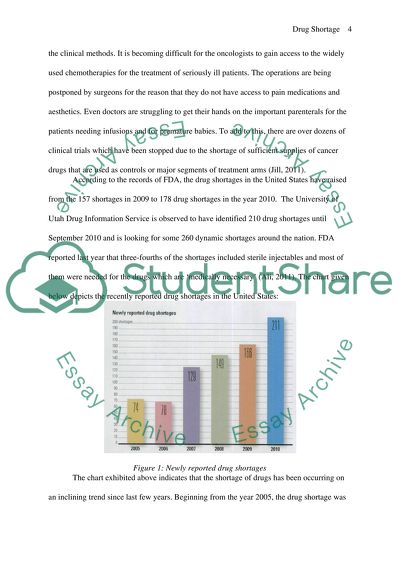Cite this document
(“Drug Shortage in Pharmaceutical Industry Term Paper”, n.d.)
Drug Shortage in Pharmaceutical Industry Term Paper. Retrieved from https://studentshare.org/health-sciences-medicine/1447004-pharmacutical-industry-issues
Drug Shortage in Pharmaceutical Industry Term Paper. Retrieved from https://studentshare.org/health-sciences-medicine/1447004-pharmacutical-industry-issues
(Drug Shortage in Pharmaceutical Industry Term Paper)
Drug Shortage in Pharmaceutical Industry Term Paper. https://studentshare.org/health-sciences-medicine/1447004-pharmacutical-industry-issues.
Drug Shortage in Pharmaceutical Industry Term Paper. https://studentshare.org/health-sciences-medicine/1447004-pharmacutical-industry-issues.
“Drug Shortage in Pharmaceutical Industry Term Paper”, n.d. https://studentshare.org/health-sciences-medicine/1447004-pharmacutical-industry-issues.


